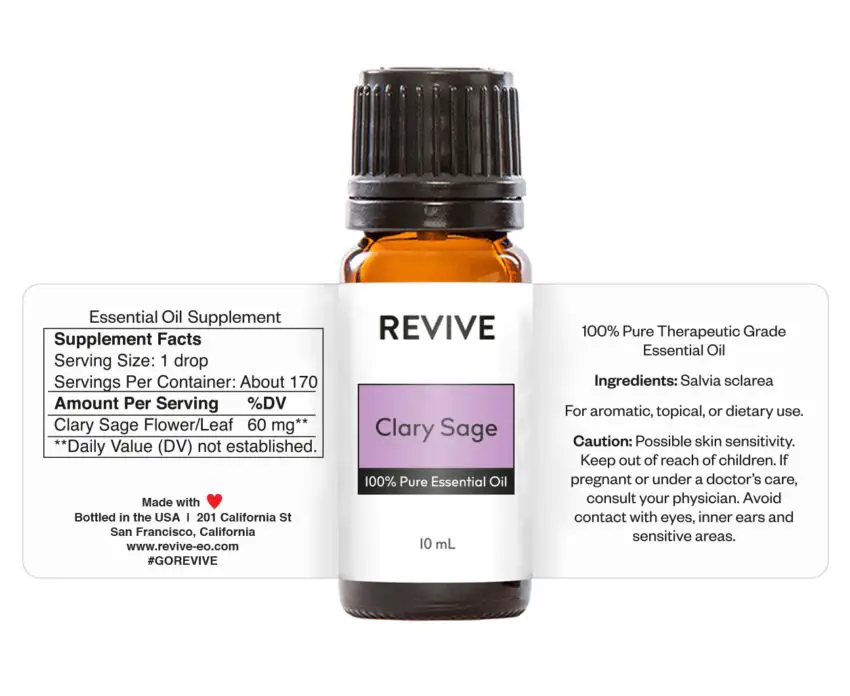What Essential Oils Should Not Be Mixed Together?
Essential oils provide powerful aromatherapy and therapeutic benefits for the mind, body, and spirit. However, some essential oils should not be mixed together, as certain combinations can be dangerous or toxic. When used properly, essential oils can promote healing and wellness without side effects. Mixing incompatible oils risks skin irritation, photosensitivity, toxicity in children, harmful drug interactions, and sensitization.
This guide will cover oils that should never be blended together and explain why. With some care, research, and common sense, the full benefits of aromatherapy can be experienced safely.
Skin Irritation
Certain essential oils are more likely to cause skin irritation or allergic reactions when applied topically, especially for people with sensitive skin. Some of the top offenders include:
- Cinnamon oil – Can cause redness, burning, and irritation due to the chemical cinnamaldehyde[1]
- Clove oil – Contains eugenol that can irritate and sensitize skin
- Thyme oil – Contains thymol that can cause dermatitis
- Lemongrass oil – Citral can cause skin irritation and rashes
- Oregano oil – Carvacrol may irritate skin
Always dilute these oils properly before use and perform a patch test. Start with low concentrations like 1% dilution. Signs of sensitivity include redness, itching, burning, rashes, and hives.[2]
[1] https://www.healthline.com/health/essential-oil-allergic-reaction
[2] https://www.dulyhealthandcare.com/health-topic/essential-oils-and-your-health
Photosensitivity
Certain essential oils contain chemicals called furocoumarins that increase the skin’s sensitivity to UV light from the sun. This can increase the risk of sunburn, rash, and hyperpigmentation when applied topically before sun exposure [1]. Citrus oils like lemon, lime, grapefruit, orange, bergamot, and tangerine contain furocoumarins and should be avoided before sun exposure [2]. Ginger and bergamot oils can also increase photosensitivity. Using photosensitive oils and going out in the sun without protection can lead to a severe burn or rash after just 15 minutes of exposure.
Pregnancy
Some essential oils are not recommended for use during pregnancy because they may have hormone-like effects or stimulate uterine contractions, increasing the risk of miscarriage or preterm labor. Use caution with oils like sage, rosemary, and wintergreen during pregnancy.
Clary sage oil in particular contains compounds that mimic estrogen and can stimulate uterine contractions. According to research, clary sage should be avoided entirely during pregnancy, especially in the third trimester when the risk of preterm labor is highest.

Rosemary and wintergreen oils also contain compounds that can have uterine and hormonal effects. While rosemary may be safe occasionally and in small amounts, it’s best to minimize use during pregnancy. Wintergreen is high in methyl salicylate and can transfer through the placenta, so it should be avoided in pregnancy.
Talk to your doctor before using any essential oils while pregnant. Stick to gentle oils like lavender and avoid ingesting oils unless under medical supervision. Always dilute oils properly and use for short periods. Pay close attention to your body’s response when using oils in pregnancy.
Children
Essential oils can be harmful to children if used improperly. According to the experts at Children’s Hospital of Philadelphia, essential oils should always be diluted before use on kids. Undiluted essential oils can irritate a child’s skin and can be absorbed quickly into their bloodstream because of their thin skin.
It’s also important to avoid certain oils like peppermint entirely with young children. Peppermint oil used on children under 30 months of age can increase the risk of seizures according to Johns Hopkins Medicine. Always consult a doctor before using essential oils with babies or children.
The takeaway is to never apply undiluted essential oils directly to a child’s skin. Oils should be diluted properly in a carrier oil and used sparingly under adult supervision.
Medications
Certain essential oils can interact with medications, leading to potentially harmful side effects. For example, oils containing eugenol, including clove, basil, cinnamon leaf, and bay leaf, can prolong bleeding time and should be avoided by people taking blood thinners like warfarin (Golos, 2015).
Oils rich in menthol, like peppermint and spearmint, may interact with calcium channel blockers used for high blood pressure. This can cause fluctuations in heart rate and blood pressure (ThriveAP).
Clove, nutmeg, and other essential oils can interact with MAO inhibitors and SSRIs used as antidepressants. This may elevate blood pressure, cause tremors, and increase risk of Serotonin Syndrome (ThriveAP).
It’s best to consult your doctor before using essential oils if you take any medications, especially blood thinners, heart medications, and antidepressants.
Toxic Oils
Certain essential oils can be very dangerous if used improperly. Oils like pennyroyal and wormwood contain toxic compounds and can be fatal if ingested (B Age). Pennyroyal oil, in particular, contains a compound called pulegone which is highly toxic to the liver and kidneys. There have been reported cases of pennyroyal oil poisoning resulting in organ failure and death (Healthline). Wormwood oil contains thujone, which is also toxic to the nervous system in large doses. These potentially fatal oils should always be used with extreme caution and awareness of proper dosage.
Sensitivities
Some people may experience allergic reactions or sensitivities to certain essential oils, especially if they have a history of allergies, asthma, or skin conditions like eczema or psoriasis. The most common reaction is contact dermatitis, which causes red, itchy, irritated skin where the oil was applied (Source 1). Symptoms of an essential oil allergy can also include hives, swelling, and difficulty breathing.
It’s important to note that if you are allergic to one essential oil, you may also react to oils from closely related plant species. For example, if you are allergic to lavender oil, you may also react to spike lavender, lavandin, or clary sage. It’s a good idea to test a small amount of any new oil on a patch of skin before widespread use (Source 2).
Some of the more common essential oils that cause sensitivities include lemon, lavender, tea tree, jasmine, ylang ylang, lemongrass, clove, and cinnamon oils. If you suspect an allergy, discontinue use and speak with your healthcare provider.
Dilution
Proper dilution is crucial when using essential oils, especially for sensitive areas like the face or skin. Most experts recommend diluting essential oils in a carrier oil before topical application. Some common carrier oils include coconut oil, jojoba oil, olive oil, sweet almond oil, and avocado oil. According to Now Foods, a dilution of 1% or less is recommended for facial applications, while a 2% dilution is suggested for massage oils or other leave-on body products.
As a general guideline, New Directions Aromatics recommends adding just 1 to 3 drops of essential oil per ounce (30 ml) of carrier oil. This results in a maximum concentration around 0.5-1.5%. For children or the elderly, an even lower dilution of 0.25-0.5% is suggested. Always start with lower dilutions when trying a new essential oil.
When diluting, add the essential oils to the carrier oil first and mix thoroughly before application. Properly diluting oils helps avoid irritation and sensitization. It’s also advised to do a patch test on a small area of skin before wider use.
Conclusion
In summary, essential oils are very potent and can have toxic effects when certain oils are mixed together or used improperly. Key takeaways include:
- Never mix phototoxic oils like bergamot or lemon with other photosensitizing oils as it increases sun sensitivity
- Avoid using oils like clary sage, rosemary, and juniper berry if pregnant as they can stimulate contractions
- Oils high in phenols like oregano and clove bud can irritate skin if mixed with citrus oils
- Always dilute oils properly before use, usually 2-5% dilution is recommended
- Watch for allergic reactions or sensitivities when mixing new oils
While essential oils can provide many benefits, it’s crucial to educate yourself on safety precautions for using essential oils, especially when mixing. Exceeding safe dilutions or combining incompatible oils can lead to severe reactions. Proper usage and dosage is vital.





